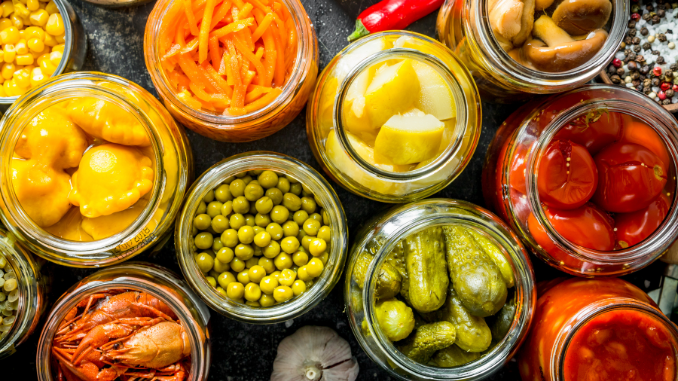Know in one minute about Principle of food preservation
|
Introduction
Preserving food is important and requires the principle of food preservation. Understanding the cause of food spoilage and being careful during preservation can yield better results in terms of taste, quality, and safety (1).
Food preservation involves protecting food from bacteria, fungi, and other microorganisms to maintain its taste and quality. This is done by preventing oxidation and spoilage. There is the basic principle of food preservation is used, which helps to ensure that food is stored safely for longer periods of time.
Some of the general methods or techniques include controlling temperature, removing moisture, and using preservatives like salt or vinegar. By following these principles, food can be preserved and kept fresh for extended periods of time (5).
Modern days food preservation techniques are generally associated with the refrigerator, the deep freeze, and the canning process. The ancient Egyptians and Romans were aware of the preservative effects of salting, drying, and smoking (1 & 4).
Principle of food preservation
Food preservation is the processing of food for future use while keeping the quality and nutritional value of food intact.
The principle of food preservation techniques involve
1. Protection of food from germs
- Asepsis
In this method, a layer is formed outside the foodstuff, naturally or artificially, so that germs do not get a chance to enter the food. This is called asepsis.
- Filtration
Liquid food is sterilized by passing it through a bacterial filter. For example, fruit juice, syrup, drinking water, soft drinks, etc. are preserved in this way.
- Inhibition of bacterial growth and viability
The growth and viability of microorganisms in foods are inhibited by low or very high temperatures, dry, and mixing chemicals. For example, milk can be stored in the refrigerator or boiled.
2. Prevention of self-decomposition of food
- Blanching
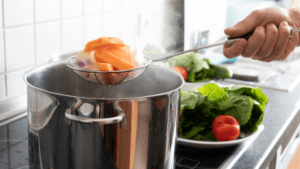
The method in which the self-decomposition of food is prevented by inactivating the enzymes present in food by removing various gasses from the cells is called blanching.
- Antioxidant combination
Antioxidants are added to food to protect fatty substances from auto-degradation. As a result, the oxidation tendency of food items is reduced.
Below is a table showing some of the preserved food items.
Chemical substances |
Preserved food items |
| 1. Citric acid | It is natural food preserved, used in any food preservation. |
| 2. Acetic acid | It is used to preserve pickles and various foods. |
| 3. Borax, boric acid, formalin | Milk preservation |
| 4. Sodium benzoate | Colorful fruits preserves |
| 5. Potassium metabisulfite | Some fruits (apples, litchis, etc.), potato chips, and raisins are used for preservation. |
| 6. Sulfur dioxide | Preservation of fresh and dry fruits |
| 7. Butylated hydroxyanisole, Butylated hydroxytoluene, | Used to remove odors caused by rancidity in oil. |
3. Prevention of damage caused by insects, animals, or mechanical causes
Dry fruits, cereals, etc. are damaged by insects. The use of fumigants on these products checks the damage. It also checks the damage to fresh food products during handling and transportation using good packaging material (3 & 5).
Why do we need to preserve food?
Most foods are perishable. It is not possible to keep them in a standard condition for a long time. But if the food is stored properly, its quality remains intact for a long time, even years. It has been suggested that the first salt preservation was accomplished by burying the food along the shore, where seawater affected the cure.
Different types of food are available at different times. For example, in Bangladesh, more fish are available during the rainy season. If they can be preserved through food preservation, it is possible to meet the demand for non-vegetables throughout the year, the price of fish is also relatively low (2).
Examples
- Sugar is a natural food preservative. It helps preserve the color, texture, and flavor of food. The sugar in jams and jellies helps to set the gel and enhances the flavor. When large amounts of sugar are used in a recipe, the sugar also acts as a preservative by inhibiting the action of microbes.
- Vegetables, meat, milk, fish, eggs, butter, and other perishables are usually stored in refrigerators for daily use in households. So foods are preserved in freezing methods (4).
Methods of principle of food preservation
1. Drying
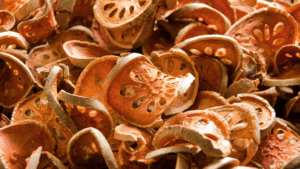
The drying method for food preservation is an ancient method. This method prevents the growth of fungi and bacteria and enzyme action by drying the water from the food. Food can be preserved in this way for many days.
2. Freezing
Freezing is the most widely used process to date. This method is very popular both economically and domestically. Various types of cooked or uncooked food can be preserved by this method. Commercial freezers are used for the freezing method.

Through this, the food of one time can be used at another time. In this method, food is kept at 0°F or below. Not only fresh vegetables, fruits, fruit juice, and fish, but meat can also be preserved in the freezing method, prepared food, ice cream, and other types of prepared food can be stored in this method.
3. Canning
Canning has been the basic method of food preservation for approximately 175 years. Peter Durand was granted an English patent describing the use of in containers for food preservation.
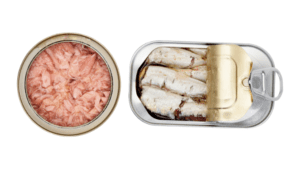
The temperatures used for canning foods range from 100°C for high-acid foods to 121°C for low-acid foods. The canning process does not guarantee a sterile product. For example, spores of some bacterial species may survive these temperatures.
4. Smoking
Smoking is one of the methods to increase the self-life of food. In this method, plant material, such as smoke from burning wood, is added to the food. This heat destroys the microorganisms in the food. Smoking is used to preserve fish, meat, etc.
5. Pasteurization
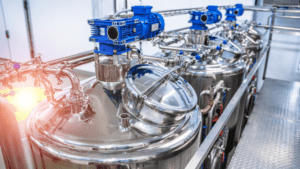
One of the methods of preserving milk is pasteurization. The term pasteurization, pasteurized, and similar terms shall mean the process of heating every particle of milk or milk product to at least 145°F and holding it continuously at or above this temperature for at least 30 minutes, or to at least 161°F and holding it continuously at or above this temperature for at least 15 seconds, in equipment which is properly operated and approved by the health authority (4).
6. Pickling
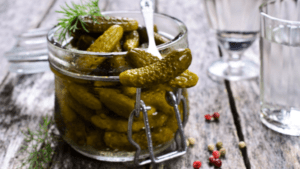
Pickling is another popular process of food preservation. There are two ways of pickling in oil and vinegar. For pickling in oil, food is first boiled and spices are added. Then preserved by dipping it in oil. This method is used for different types of pickles like mango, mixed vegetable pickles, etc.
And For pickling in vinegar, the seeds are removed from the food and dipped in vinegar, and bottled. Garlic, chili, etc. pickles are preserved in this way.
7. Salting
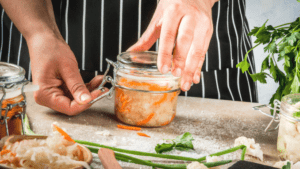
Salting is a widely used process of food preservation It is also called curing. This method was more popular before the invention of the refrigerator. By using the salt solution, fish and meat, etc. can be preserved intact for a long time. A small amount of lactic acid is added to this solution for longer storage. Lactic acid inhibits the growth of microorganisms.
In many countries, different types of fish are available at different seasons, and the curing method preserves the fish throughout the year. It was popular in the middle ages (2).
8. Refrigeration
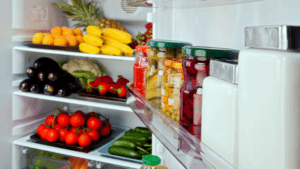
In the refrigeration method, food is preserved at low temperatures to prevent the damaging effects of food-degrading enzymes and the proliferation of microorganisms. In hot or adverse weather, this method can preserve the quality of food for a long time. Refrigeration can keep raw vegetables, fruits, cooked food, and sweet food for a few days. But neither the growth of bacteria nor the action of enzymes can be prevented for a long time by this method (3).
9. Fermentation
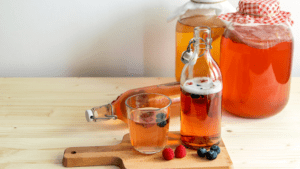
In this method, various food products are preserved in the process of lacto fermentation. Natural bacteria eat the sugars in the food and coat the starch, producing lactic acid.
10. Jellying
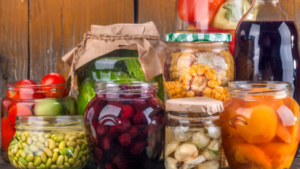
Jellying is the preservation of food with a substance that forms a jelly for food preservation. This jelly prevents microbial growth. This method preserves canning prawns, chicken, etc. Steamed meat is also preserved in this process.
11. Boiling

Viruses, bacteria, molds, etc. present in various foods are destroyed at high temperatures. Also, enzymes present in food are destroyed in the boiling process. In this method, rice, pulses, milk, fish, and meat are boiled at 100°C temperature, the food is preserved.
12. Jugging
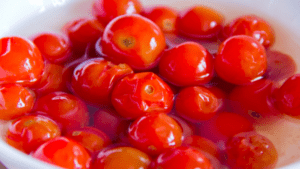
This method usually preserves the meat. It was popular until the mid-20th century. In this case, the food is processed by adding brine under airtight conditions.
13. Lye
NaOH or KOH or Na₂CO₃ solution is used as a lye solution. This solution makes the food too alkaline for the bacteria to survive. It changes the texture and taste of food.
14. Sugaring
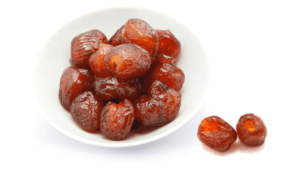
Food is best preserved with sugar. This method is generally used for preserving fruits, pickles, jellies, apricots, etc. Food is preserved in this method by thick sugar solutions. As a result, food stays good for a long time (1 & 5).
Q&A
1. When should food preparation surfaces be cleaned and sanitized?
Food preparation surfaces are cleaned and sanitized after these surfaces are used. Because bacteria are present on these unclean surfaces. So to kill these bacteria it should be cleaned food preparation surfaces.
2. How often must food contact surfaces be cleaned?
Every four hours it must be cleaned of the food contact surface. As a result, foods that come in contact with food surfaces are free of contaminants.
3., How many basic principles does a haccp plan have?
Seven basic principles are in the development of a haccp plan. These are- hazard analysis, establishing critical limits, CCP identification, monitoring procedures, corrective actions, record keeping and documentation, and verification procedures.
4. How much food to preserve for winter?
Different types of fruits, vegetables, turnips, potatoes, etc. are preserved for winter.
5. What are the four principles of food safety?
- Clean your hands every time before making the food.
- Prevent contamination by keeping vegetables and meat separate.
- Cooing at the proper temperature for the prevention of bacteria.
- And refrigerate the food at a certain temperature to protect food from bacteria.
6. Principle of food processing and preservation
- Inhibition of chemical deterioration and microbial growth.
- Prevention of self-decomposition of food.
- Prevention of damage caused by insects, animals, or mechanical causes.
Written By: Manisha Bharati
